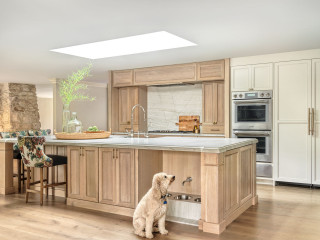To provide the best experiences, we use technologies like cookies to store and/or access device information. Consenting to these technologies will allow us to process data such as browsing behavior or unique IDs on this site. Not consenting or withdrawing consent, may adversely affect certain features and functions.
The technical storage or access is strictly necessary for the legitimate purpose of enabling the use of a specific service explicitly requested by the subscriber or user, or for the sole purpose of carrying out the transmission of a communication over an electronic communications network.
The technical storage or access is necessary for the legitimate purpose of storing preferences that are not requested by the subscriber or user.
The technical storage or access that is used exclusively for statistical purposes.
The technical storage or access that is used exclusively for anonymous statistical purposes. Without a subpoena, voluntary compliance on the part of your Internet Service Provider, or additional records from a third party, information stored or retrieved for this purpose alone cannot usually be used to identify you.
The technical storage or access is required to create user profiles to send advertising, or to track the user on a website or across several websites for similar marketing purposes.





Interior designer Shannon Ggem thoroughly studied how design can affect health in health care-related settings. Then she worked on two self-contained room types for immunocompromised children undergoing lifesaving treatment, and for their accompanying family members, for the Los Angeles Ronald McDonald House. She is also a speaker on biophilic design for the National Kitchen and Bath Association.
Biophilic design is based on the idea that people have an innate tendency to seek connections to nature. Because we spend so much time indoors, bringing organic materials, shapes and colors that remind us of nature to interiors helps us feel connected to the natural world. In the bedroom seen here, Ggem used natural colors and fibers to promote wellness. For example, the cotton velvet settee is a deep leafy green.
A fiddlehead fig adds a natural element to the corner of the room and helps with air filtration. The homeowners also wanted wall-to-wall carpeting in the bedroom for sensory purposes — softness under their feet and sound control. “This carpeting is 100% wool, which is natural and which humans have figured out how to keep clean for many years,” Ggem says.
Simple Pleasures: The Joy of Fresh Sheets